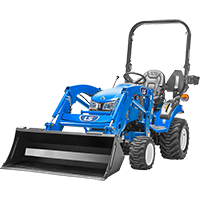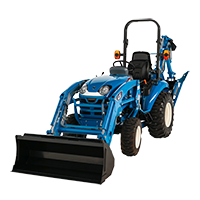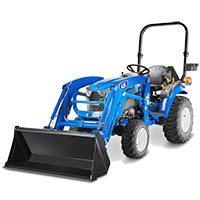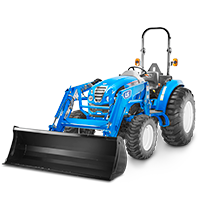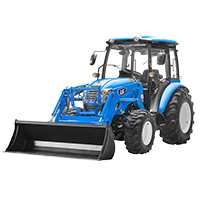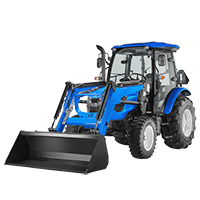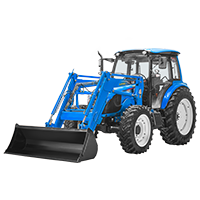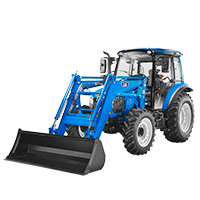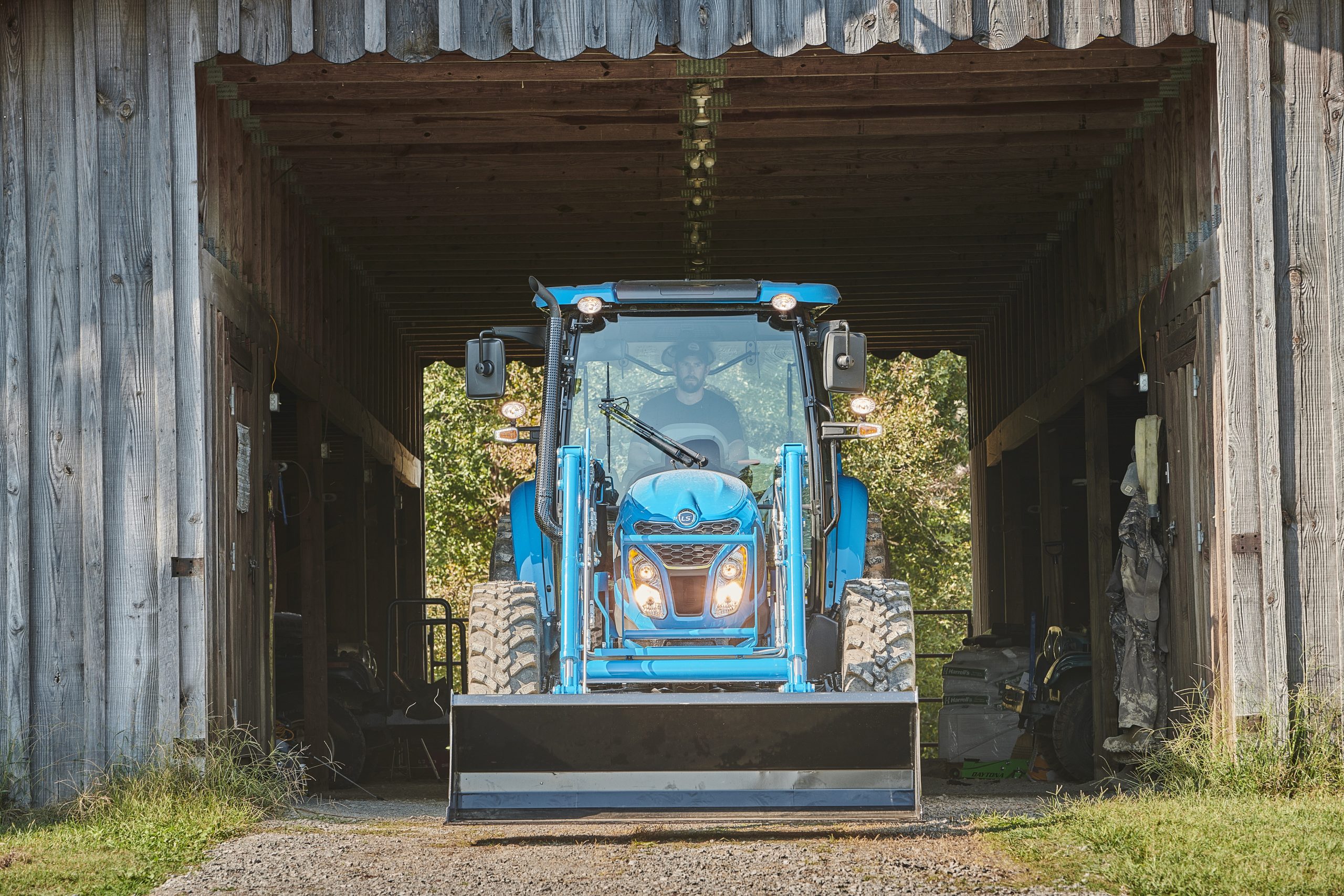
As we begin the first days of spring, it’s time to get your LS Tractor ready for action. With spring fieldwork approaching, you want to make sure your tractor is functioning at peak performance for planting and growing season. Follow these 10 tips to prepare your tractor for spring:
1. Inspection: If your tractor has been stored and sitting over the winter months, perform an initial walk around inspection of your tractor. Check for signs of leaks or damage, as you want to make sure your tractor is in the same condition as you left it. Remember to check wires as critters love to chew on the plastic coating. Tighten bolts on implements during your walk around. Make note of any concerns, and get any issues fixed promptly.
2. Regular Maintenance: Review the owner’s manual and schedule professional maintenance as needed. It’s extremely important to address oil changes, filter replacements, and lubrication as suggested. Be aware of updates, and keep recommended service intervals on a maintenance log. Review warranties to know what is still covered or may have expired. Perform a check on all components, moving parts, engine and electronics. A well-maintained tractor can avoid costly repairs that could occur inconveniently mid-season.
3. Fluids and Fuel: If your tractor is parked on an incline, move it to a flat area to check fluid levels. Make sure hydraulic fluid and engine oil are at the correct compacity, and continue to inspect levels throughout the year. Look for any signs of condensation, especially in the fuel tank. Drain and replace any cloudy or separated fluids. You may need use a water dispersion additive to prevent issues as water moves through the fuel system. Finally, check the fuel tank for any corrosion. The fuel filter should catch any rust that may have formed.
4. Grease and Lubricate: Visually inspect the tractor to be sure it was greased in the fall. If not, do it now. Oxidized grease may need a few pumps of fresh grease. Lubricate any moving parts and attachments to protect against spring’s dusty conditions.
5. Belts and Hoses: Inspect all belts and hoses as they could have cracked or become brittle over the winter months. Check hoses for leaks, replace belts, and adjust belt tension as needed to avoid breakdowns.
6. Tires: During cold months, tire pressure decreases and doesn’t always recover to where it was. Check the owner’s manual and inflate tires to the specified air pressure level. Proper tire pressure gives you better ride control and stability. Don’t forget to check tire tread for uneven wear and cracking.
7. Battery: Use a multimeter to test for a healthy charge as cold weather drains batteries. If it is struggling to hold charge, it may need to be replaced. Inspect the battery for corrosion and clean accordingly. Double check all connections for tightness.
8. Lights: Visibility is important for your tractor. Check all lights for machine operation and for safety. If you have to travel in heavily populated areas or roads, you want to make sure hazard lights and head lights are working properly.
9. Wash and Repair: The best way to start the season is with a clean tractor. Give your tractor a good cleaning, and repair any worn out parts. Note that mud can cause corrosion and problems, so it’s important to clean your tractor after spring use as well.
10. Pre-Season Test Drive: After working through tips 1-9, it’s time for a test drive! Let your tractor warm up for a bit before each use. Take your tractor out for a 15–30-minute spin. Be sure to engage all gears, test the clutch and operate the PTO. Address any issues or concerns.
Following these 10 tips will have your LS Tractor ready to roll this spring season. You can feel confident that your machine starts easily, has been inspected thoroughly, and is ready to get to work! Be sure to continue routine maintenance for proper performance and equipment longevity for years to come.
Published on April 3, 2025 written by Kimberly Steele


